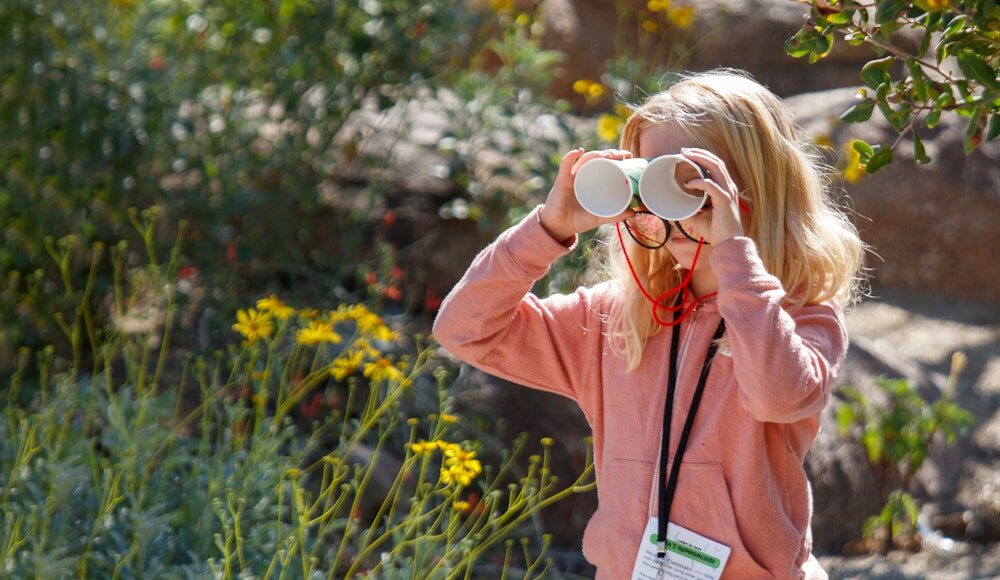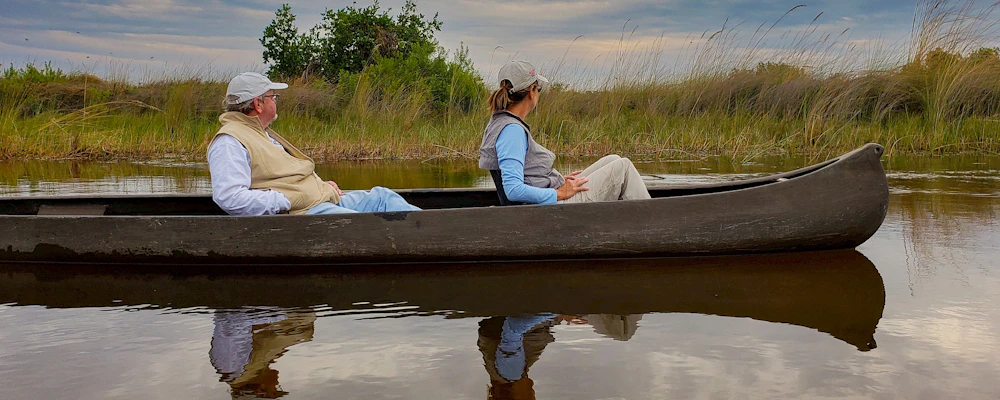Celebrating Crawler
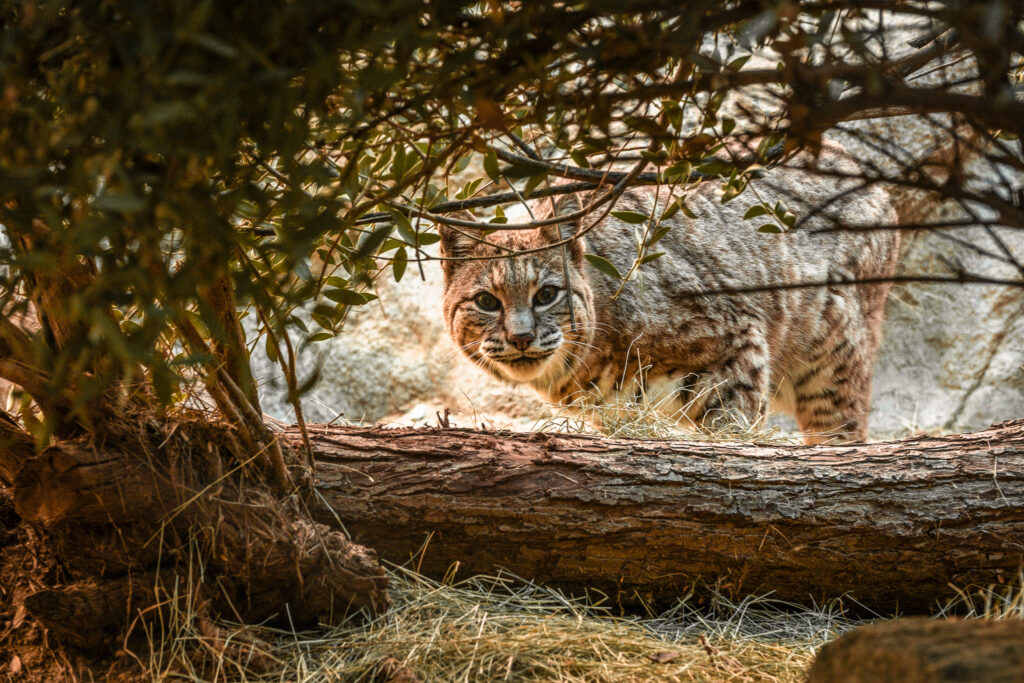
On May 10, one of The Living Desert’s eldest residents, Crawler the bobcat, celebrated his 22nd birthday. Crawler, originally from Cheyenne Mountain Zoo, is one of the three oldest bobcats…
Celebrating Our Golden Girls
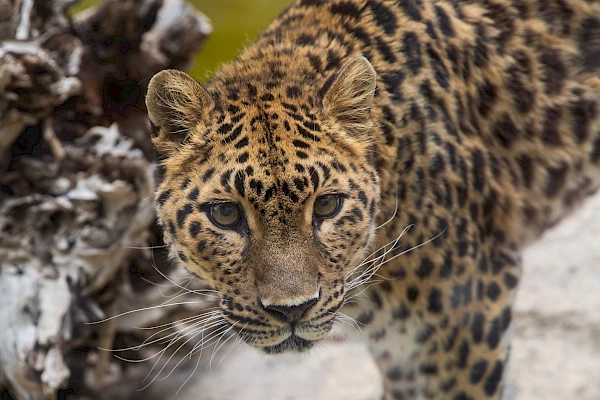
Each season of life brings cause for celebration, be it new births, critical milestones, parenthood, or the wisdom and grace of growing old. Just like with humans, an animal’s golden years are something to be cherished and are a cause for celebration here at the Zoo. With the expert care and attention given at The Living Desert, many animals have a longer life expectancy than their counterparts in the wild. While we do celebrate, we also prepare. With these tender golden years also comes a time for preparing for the inevitability of end of life and treasuring the memories and the joy we have experienced in caring for these animals. Wellbeing is always at the heart of our animal care here, ensuring that each animal receives top-notch veterinary care, medical treatments, and nutrition – while still enjoying engaging and enriching experiences.
Here at The Living Desert, we love to celebrate our own “Golden Girls” who are aging gracefully as they help to share the story of their species with guests at the Zoo.
Zoya is a beloved Amur leopard who has lived at The Living Desert for almost 10 years. During that time, her calm and majestic presence has helped to share the story of her species with guests of all ages. At nearly 20.5 years old, Zoya has surpassed both the life expectancy of Amur leopards in the wild (10-15 years) and in human care (15-20 years). She actively participates in training sessions and has learned many behaviors that support her overall health and allow for stress-free healthcare procedures. For example, Zoya is trained to drink on cue, an especially advanced and innovative behavior that is helpful in proactive animal healthcare and wellbeing. During a recent wellness exam, elevated kidney levels were observed, showing advanced renal failure. Zoya’s learned behavior of drinking water on cue – along with having extra water available to her – has helped to increase hydration, which promotes kidney function. The animal care and veterinary teams are closely monitoring her health and discomfort levels, ensuring Zoya’s quality of life is not diminishing. Despite her age and decreasing kidney function, Zoya is very spry and athletic, able to navigate her lush habitat with ease – often jumping up high for a better vantage point. Zoya thoroughly enjoys chewing on her bone and is still eager to engage with guests at the window.
A Super Time for Desert Blooms
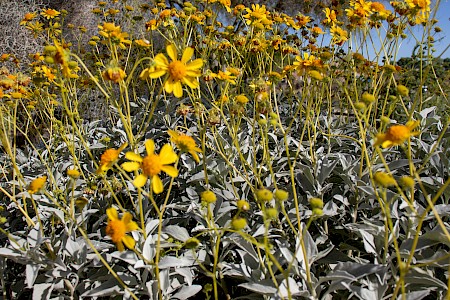
Springtime in the desert is like no other place on earth and, here in the Coachella Valley when the flowers bloom, we are treated to a show of nature’s splendor that draws people from across the world. We occasionally have a “superbloom,” a magnificent, heart stopping event that inspires us with the power of nature.
To spur on the blooming, the desert needs rain in the fall to trigger germination and additional rains throughout the winter and spring to keep the plants growing. Some desert plant seeds can wait decades in the sandy soil for just the right conditions to bloom. These plants have relatively short lives, giving all their energy to grow and bloom just once.
These blossoms are delicate and the incredible sight of seeing thousands— even hundreds of thousands— of blooms draws us all to see them. Regretfully, the crowds going out to see them are contributing to a decline in their blooming. When people park their car in the fields or walk off the trails, they may not know the impact of disturbing where the seeds may have fallen for the next bloom cycle. Some even pick the flowers, removing them entirely from the ecosystem. Plants are the basis upon which the ecosystem is built. The superbloom plants are annuals, putting all their energy into growing flowers. The flowers support native pollinators, such as bees, moths, and birds, and their seeds support small animals and birds for years to come. These seeds are adapted to rest in the soil for years (some of them up to 40 years), until the conditions are right for them to create the next superbloom.
Building Habitat Heroes Among Torres Martinez Tribal Youth
The Living Desert is partnering with the Torres Martinez Desert Cahuilla Indians (TMDCI) Tribe and Outward Bound Adventures (OBA) to create future conservationists among TMDCI youth. This new program is a habitat restoration and conservation workforce development and job training program titled “Torres Martinez Youth Environmental Ambassadors” (TM-YEA). Collaboratively we will directly serve 48+ tribal youth, ages 15-26, from the TMDCI Reservation over two years who will be more able to steward TMDCI land as well as that across the Coachella Valley. By collaborating with TMDCI Elders and leading local Federal, State, and non-profit conservation organizations, the TM-YEA youth will be able to draw from the best Traditional and Modern approaches to care for our beloved desert plants, animals, ecosystems, and Cahuilla culture!
The TM-YEA will be a paid youth-led work-learning program focused on habitat restoration and conservation leadership through efforts to restore endangered desert pupfish habitat and populations in the Dos Palmas Preserve, along the waterfront areas of TMDCI Tribal Lands, and preparing youth to address other environmental problems on their Tribal Lands. We will train participants to be outdoor leaders, provide access to pathways in conservation and natural resource careers, and help them become stewards of their ancestral lands. This project will importantly provide demonstration sites for TMDCI Youth to teach their Tribe and TLD park visitors about conservation, citizen science, and local cultural and eco-history.
These youth will form two Tribal Environmental Restoration Teams (TERTs) with 12 members, two TERTs in each of the two project years. Each TERT will participate in two earlier conservation projects and then at the end of the year-long project year, they will be tasked with creating and implementing a unique community science project on or near the TMDCI reservation land.
A Re-Nesting Guide
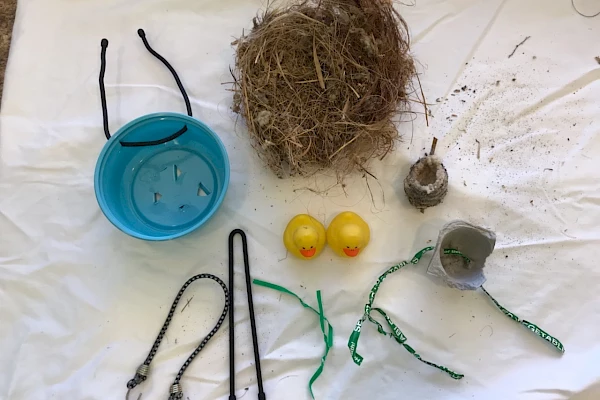
By: Emma Baldwin COEXISTING WITH NATURE AND WILDLIFE COTTONTAIL RABBITS: Cottontail rabbit nests are shallow depressions on the ground, covered with soft plant material and lined with fur from the mother…
